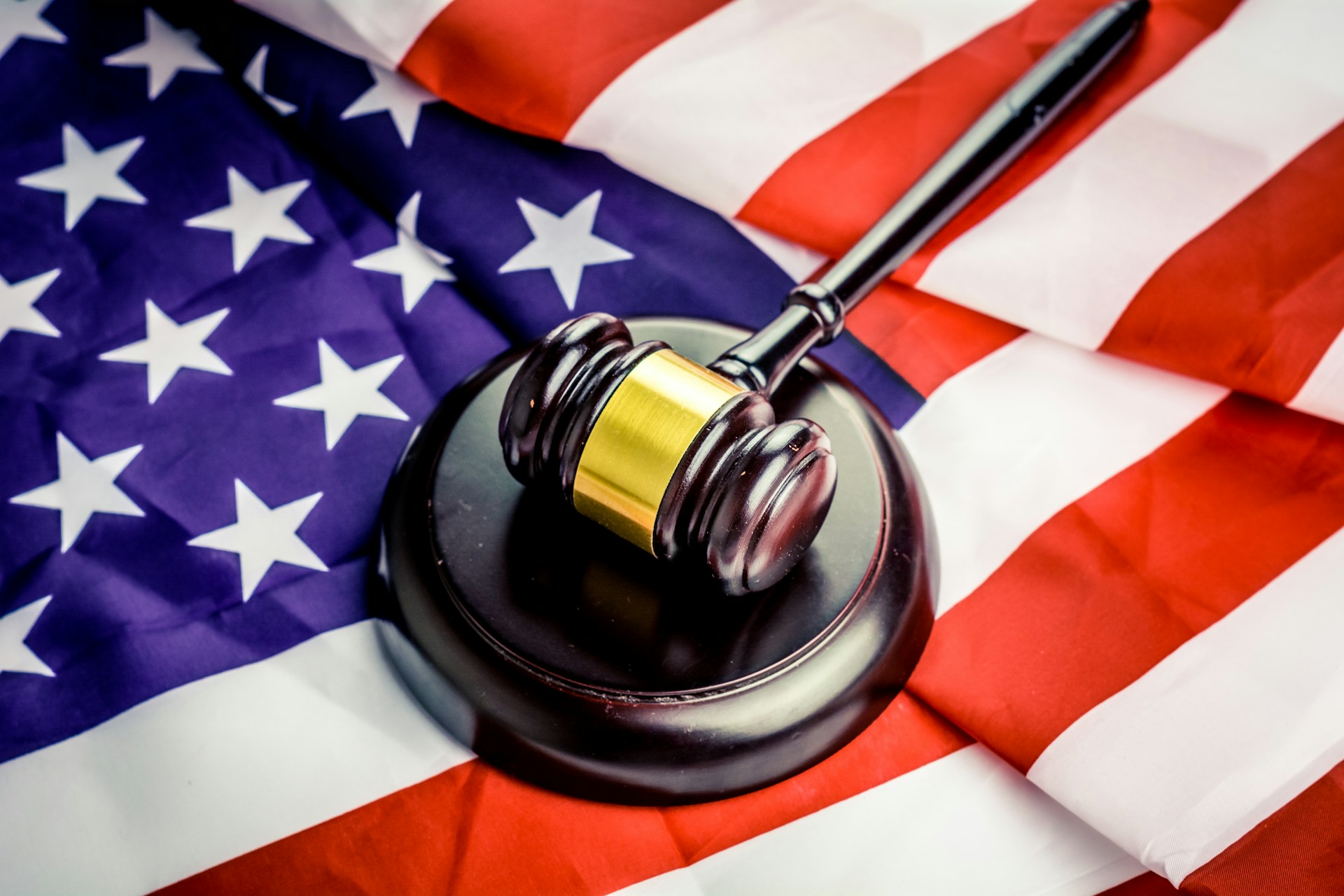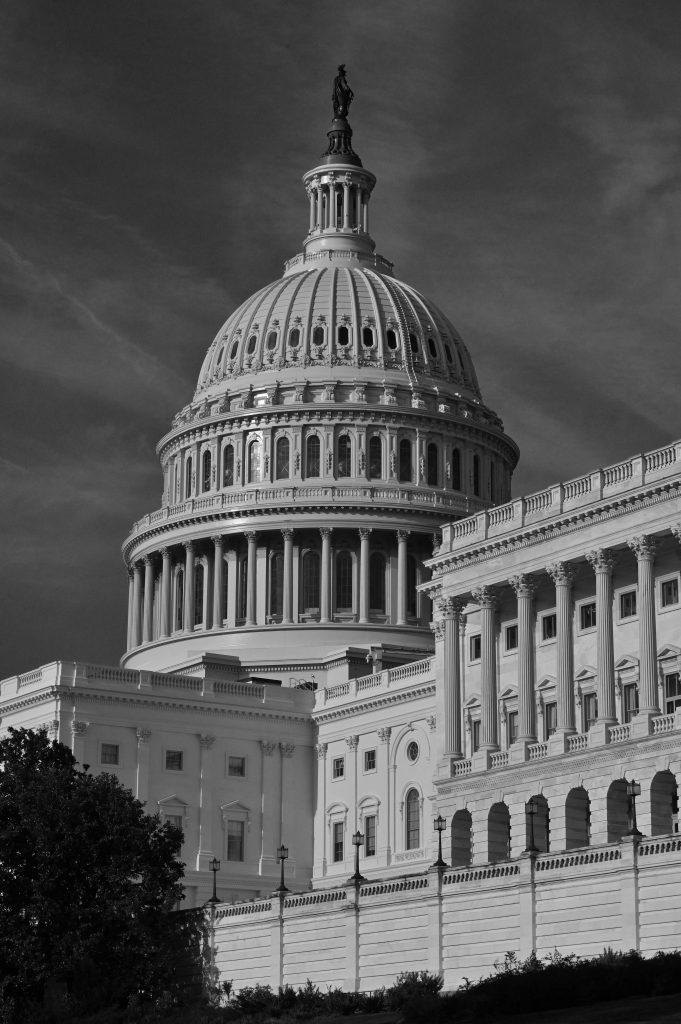SBA’s 8(a) Business Development Program: Abuse, Audits, and the American Dream

By Chris Riewald*
U.S. Small Business Administration (SBA) Administrator Kelly Loeffler recently announced a full-scale audit of the SBA’s 8(a) Business Development Program (hereinafter “program”).[1] The audit is in response to “rampant fraud” and “increasingly egregious instances of abuse” in the program.[2] A recent U.S. Department of Justice (DOJ) investigation uncovered a decade-long bribery scheme that siphoned over $550 million in taxpayer dollars through exploiting the SBA’s Small Business program.[3] Effective immediately, the DOJ will review participating businesses’ program eligibility over the last fifteen years.[4] The DOJ will also audit contract bids awarded to program participants during that same period, beginning with high-dollar contracts.[5] Any findings of misconduct will be relayed to the SBA for “investigation and prosecution.”[6]
What is the 8(a) Business Development Program?
The program is designed “to assist eligible small, disadvantaged business[es] . . . compete in the American economy through business development.”[7] The nine-year program offers preferential access to federal government contracting opportunities. It also features business development resources such as one-to-one counseling, training workshops, and management and technical guidance.[8] To qualify for the program, businesses must adhere to the following guidelines.
First, a business must identify its corresponding code under the North American Industry Classification System (NAICS) based on specific product(s) or service(s) it supplies.[9] A business has at least one primary NAICS code but may have secondary NAICS codes if it offers multiple products or services.[10] A business uses NAICS codes to register with the federal System for Award Management, which government agencies use to select contractors.[11]
Second, a business must meet the small business size standard for their corresponding NAICS code.[12] A size standard is “the largest that a [business] can be and still qualify as a small business for Federal Government programs.”[13] Size standards are determined by NAICS classification and are generally measured by a business’ average number of employees or its average annual receipts.[14] For example, most manufacturing businesses with 500 employees or fewer qualify as small businesses.[15] Likewise, most non-manufacturing businesses with average annual receipts below $7.5 million also qualify.[16]
Third, a business must be at least 51% owned and controlled by U.S. citizens who are socially and economically disadvantaged.[17] “Socially disadvantaged individuals are those who have been subjected to racial or ethnic prejudice or cultural bias within American society because of their identities as members of groups and without regard to their individual qualities.”[18] Similarly, “economically disadvantaged individuals are socially disadvantaged individuals whose ability to compete in the free enterprise system has been impaired due to diminished capital and credit opportunities as compared to others in the same or similar line of business who are not socially disadvantaged.”[19] In short, racial or ethnic prejudice or cultural bias must negatively impact the individual’s advancement in the business world.
Additionally, a business must operate and receive contracts with the private sector, state or local government, or federal government for at least two years to qualify for the program.[20] Businesses which have previously participated in the program are not eligible to participate again.[21]
How should businesses respond?
The full-scale audit means businesses in the program – and, by extension, any organizations interacting with businesses in the program – should prepare for information requests from the DOJ.[22] For example, large federal government contractors who subcontract to program participants will be required to show compliance with federal rules.[23] Program participants should verify both retroactive and current compliance requirements.[24] Retroactive verification includes gathering program application and certification materials and reviewing contract documents for any contracts awarded.[25] Current verification – in addition to meeting the program’s standard criteria – should keep in mind ongoing business developments.[26] For example, an upcoming merger or acquisition may change the business’s ownership structure and cause it to fall under the 51% socially and economically disadvantaged ownership and control threshold.
Upon discovery of prior or current infractions, businesses should immediately report their findings to the SBA Office of Inspector General.[27] The SBA will “pursue all available actions to recover misused funds.”[28]Non-compliant businesses may face suspension or termination from the program, government-wide debarment, and criminal and civil penalties.[29]
Does the 8(a) Business Development Program need to change?
Fraud and abuse cuts at the legitimacy of the program and its objectives. While easy to cast off the entire program as a failure, we should avoid painting with too broad a brush. Certainly, the waste of hundreds of millions of taxpayer dollars is a concerning result. But the misdeeds of a few should not overshadow program’s positive aspects. The very purpose of the program – to assist socially and economically disadvantaged small businesses – is substantially unrelated to fraud and abuse of a bureaucratic system. Put another way, the illegitimate activity was not due to the program’s assistance of disadvantaged businesses. The program’s financial support made it possible for such large sums of money to be pocketed by undeserving parties, but the audit may rectify that loss.
Loeffler will almost certainly institute more stringent checks and balances to eliminate –or at least mitigate – fraud in the future. Though such measures will likely slow down the program’s operations, disadvantaged small businesses will retain preferential access to contracting opportunities and business development resources. This scandal has harmed the program’s reputation, but it remains resilient despite these setbacks. The program teaches small businesses to use adversity as a springboard to future growth and must now follow the example set by those it serves.
* J.D. Candidate, Class of 2027, Sandra Day O’Connor College of Law at Arizona State University
[1] Administrator Loeffler Orders Full Scale Audit of 8(a) Contracting Program, U.S. Small Business Administration (June 27, 2025), https://www.sba.gov/article/2025/06/27/administrator-loeffler-orders-full-scale-audit-8a-contracting-program
[2] Id.
[3] USAID Official and Three Corporate Executives Plead Guilty to Decade-Long Bribery Scheme Involving Over $550 Million in Contracts; Two Companies Admit Criminal Liability for Bribery Scheme and Securities Fraud, Office of Public Affairs, U.S. Department of Justice (June 12, 2025).
[4] Administrator Loeffler Orders Full Scale Audit of 8(A) Contracting Program, supra note 1.
[5] Id.
[6] Cassidy, Margaret M., Small Business Administration Set to Audit Its 8(a) Program for Small Disadvantaged Businesses, ABA Business Law Today, July 2025 in Brief: Business Regulation & Regulated Industries (Jul. 31, 2025), https://www.americanbar.org/groups/business_law/resources/business-law-today/2025-july/july-2025-brief-business-regulation-regulated-industries/.
[7] SBA Business Credit and Assistance, 13 CFR § 124.1001 (2025).
[8] 8(a) Business Development program, U.S. Small Business Administration, https://www.sba.gov/federal-contracting/contracting-assistance-programs/8a-business-development-program (last visited Aug. 28, 2025).
[9] Basic requirements, U.S. Small Business Administration, https://www.sba.gov/federal-contracting/contracting-guide/basic-requirements (last visited Aug. 28, 2025).
[10] Id.
[11] Id.
[12] Id.
[13] Table of Small Business Size Standards, U.S. Small Business Administration (Mar. 17, 2023), https://www.sba.gov/sites/default/files/2023-06/Table%20of%20Size%20Standards_Effective %20March%2017%2C%202023%20%282%29.pdf.
[14] Id.
[15] Basic requirements, supra note 9.
[16] Id.
[17] 8(a) Business Development program, supra note 8.
[18] SBA Business Credit and Assistance, 13 CFR § 124.103(a) (2025).
[19] SBA Business Credit and Assistance, 13 CFR § 124.104(a) (2025).
[20] SBA Business Credit and Assistance, 13 CFR § 124.107(2025).
[21] SBA Business Credit and Assistance, 13 CFR § 124.108(b) (2025).
[22] Cassidy, supra note 6.
[23] Id.
[24] Id.
[25] Carlson, Kelly A. & Kroll, C. Kelly, Are You SBA 8(A) Audit Ready?, Morris Manning & Martin, LLP (Aug. 11, 2025), https://www.mmmlaw.com/news-resources/are-you-sba-8a-audit-ready/.
[26] Id.
[27] Administrator Loeffler Orders Full Scale Audit of 8(a) Contracting Program, supra note 1.
[28] Id.
[29] Carlson & Kroll, supra note 25.


